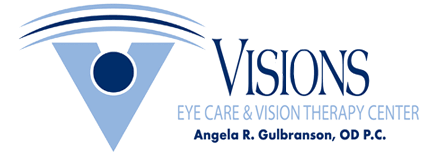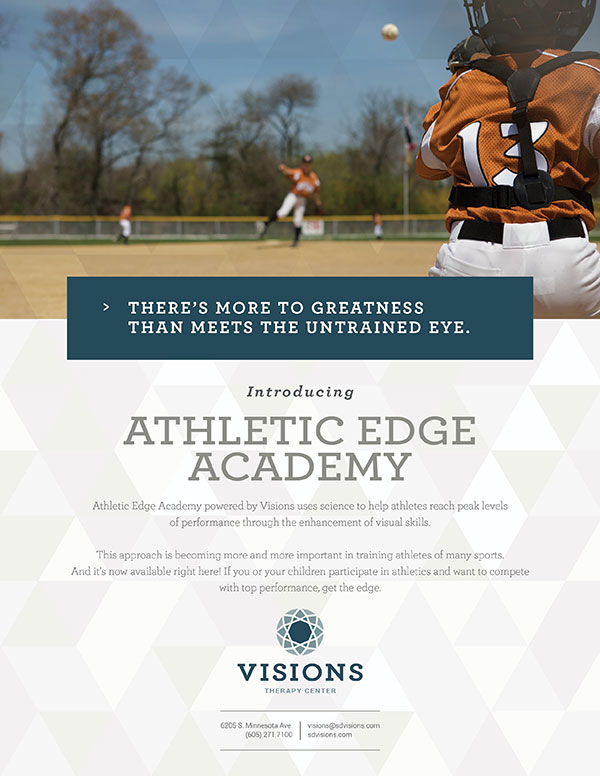Computer Vision Syndrome (Digital Vision Syndrome)
 It's estimated that 2 in 3 people experience computer vision syndrome. Today’s digital lifestyle demands a lot from our eyes and we often spend most of the day and evening focusing on computer monitors, tablets & screens that are 3-4 feet away from us. This can take a toll on our visual system and results in various symptoms:
It's estimated that 2 in 3 people experience computer vision syndrome. Today’s digital lifestyle demands a lot from our eyes and we often spend most of the day and evening focusing on computer monitors, tablets & screens that are 3-4 feet away from us. This can take a toll on our visual system and results in various symptoms:
- dry eyes
- eyestrain
- headaches
- sensitivity to light
- neck pain
- blurred vision
- loss of productivity
- decreased vision at night
What causes Digital Vision Syndrome (DVS)?
- When you look up close, your eyes naturally converge (turn in)-much more than they do when you look in the distance.
- For many people, the eyes actually don’t converge, and they tend to lag, almost as if there are bungee cords pulling their eyes outward. As they look up close, the eyes need to pull in, working against the bungee cords. This constant tension forces unnecessary work on the visual system.
- Over the course of a day, this tension builds up until people experience headaches, neck and shoulder tension, and all of the other symptoms that come along with DVS.
Patients tend to blame their symptoms on posture, stress, or not blinking enough. Your eyes may actually be responsible for these symptoms.
SightSync® & neurolens® Technology
SightSync® technology helps our doctors uncover and understand how hard your eyes have to work to cooperate with each other. Based on your SightSync® measurement, neurolens® specialty lenses can be customized specifically for you to help comfort your eyes, removing the constant tension on your visual system. Eye strain from digital devices, headaches, tired eyes and stiff shoulders do not need to be an accepted part of your life. neurolens® technology can provide relief from your symptoms.
Digital Vision Syndrome Checklist
How often do you experience any of these symptoms?
Headaches
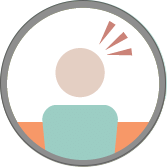
- You get headaches of any severity each week (even just a dull ache counts).
- Your headaches tend to get worse later in the day.
- Your headaches are generally worse at work than they are at home or on weekends.
Stiffness / Pain in Neck & Shoulders
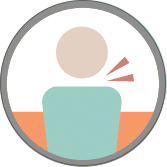
- Your neck gets stiff and sore when you work at a computer or read (This might even be from your posture).
- You experience frequent tension in your head, neck or shoulders.
- You get frequent massages/chiropractic adjustments.
Discomfort with Computer Use
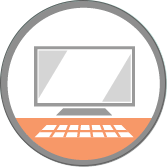
- You feel like you are more productive at work in the morning vs. the afternoon.
- Your eyes get tired, burn, or get red easily when you work at a computer for long hours.
Tired Eyes
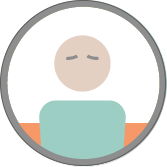
- Your eyes feel fatigued/tired at the end of a workday.
- Your eyes generally feel better in the morning compared to the end of the day.
Dry Eye Sensation

- Your eyes and/or contacts tend to dry out when you are working at a computer or reading.
- Your eyes progressively feel more dry/sandy/gritty as the day goes on.
Light Sensitivity
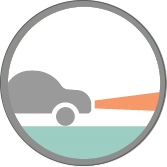
- Driving at night is difficult because of glare from highlights.
- Fluorescent lights bother you in large spaces (grocery store, department store, etc.)
Dizziness
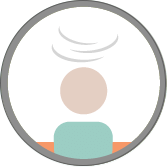
- Riding in a car gives you motion sickness.
- You sometimes feel a sensation of vertigo or disconnectedness from your environment.
Your Results
Not likely a candidate for neurolens® specialty lenses
It is unlikely you would benefit significantly from neurolens® technology as your symptoms are mild or not present.
Potentially a candidate for neurolens® specialty lenses
You could possibly benefit from neurolens® specialty lenses. Your doctor will be able to determine if you would be a good candidate after meeting with you and performing a SightSync® evaluation.
Definitely a candidate for neurolens® specialty lenses
You would almost certainly benefit from neurolens® technology. Your symptoms are severe and frequent. These specialty lenses would be a great option to improve your quality of life. We highly recommend you schedule an appointment to see one of our doctors for a SightSync® evaluation to find out how neurolens® specialty lenses can help you.
